November 1st and 2nd mark the beginning and the end of Día de los Muertos. It is a celebration that takes the pain of losing someone dear and transforms that grief into joy, memory, and love.
These ideas of remembrance and resilience are not limited to real life. Comics have long explored grief and loss in ways that are sometimes clumsy, sometimes profound, but always human. Across decades, the medium has shown how sorrow can be expressed, understood, and even transformed, reminding us that the most powerful stories often reflect our shared pain and the ways we carry it. At The Beat, we wanted to look back at some of those stories that turn sorrow into something meaningful and powerful.
Murder Falcon
Writer: Daniel Warren Johnson
Artist: Daniel Warren Johnson
Colorist: Mike Spicer
Letterer: Daniel Warren Johnson/Rus Wooton
Publisher: Image Comics
At first glance, Murder Falcon might look like a wild, heavy-metal action comic filled with monsters and loud guitars. I mean, genuinely the comic is absolutely insane. But underneath all the chaos, Daniel Warren Johnson’s story is really about grief, remembrance, and the healing power of connection, themes that sit right at the heart of Día de los Muertos.
The series follows Jake, a musician who’s given up on playing guitar after his life falls apart. When monsters begin attacking the world, he discovers that his music can summon Murder Falcon, a literal manifestation of his spirit and courage. Through their battles, Jake learns that the music he once abandoned is also his way of honoring the people he’s lost. It’s absolutely beautiful, and I refuse to spoil it for you all. It brings to life the connection that Día de los Muertos embodies. The holiday is about transforming grief into celebration, about remembering loved ones not through sorrow but through joy, music, food, and community.
Murder Falcon captures that same energy by showing that creativity and passion can become acts of remembrance. When Jake plays, he isn’t escaping his pain; he’s embracing it, letting it fuel something beautiful that connects him to the people who shaped him. Both Murder Falcon and Día de los Muertos teach the same lesson: that love and memory don’t end with loss. They live on in the stories, songs, and art we create to honor them.
Robin #156
Writer: Adam Beechen
Artist: Freddie E. Williams II
Colorist: Guy Major
Letterer: Phil Balsman
Publisher: DC Comics
Comics have a special way of finding a place in your heart when they choose to be personal. They don’t always need aliens, gods, or monsters. Sometimes all they need to be is human. Robin #156 is one of those stories. The issue follows Tim Drake during a rough patch in his life. While out in Gotham, he comes across someone standing on a rooftop, dangerously close to the edge. He begins to talk with the wannabe jumper and tells him that tackling him or catching him after he jumps won’t do anything to stop him from doing it again tomorrow. So instead, he just wants to talk.
They both begin to just let their feelings out. They talk about college, loneliness, pressure, and how sometimes your problems feel small compared to the world’s chaos, but that doesn’t make them meaningless. They’re yours, and that alone makes them worth acknowledging, and Beechen can make them seem so human.
This issue reminds us that pain doesn’t have to be faced in silence. It can be shared, understood, and turned into something that honors what came before. Comics like this show that remembering, whether it’s someone we’ve lost or even parts of ourselves, is how people can keep on going, finding that spark to keep on moving.
The Many Deaths of Laila Starr
Writer: Ram V
Artist: Filipe Andrade
Colorist: Inês Amaro
Letterer: AndWorld Design
Publisher: BOOM! Studios
If there’s a comic that captures the soul of Día de los Muertos, it’s The Many Deaths of Laila Star by Ram V and Filipe Andrade. The story begins when the goddess of Death is fired from her cosmic job after a child is born who will one day make death obsolete. Stripped of her divinity, she’s sent to Earth, where she lives as a mortal named Laila Star and learns what it truly means to be human.
Over the years, Laila witnesses the fragility and beauty of life; she meets people, loses them, and experiences firsthand the emotions she once ruled over from a distance. What unfolds is a story about mortality; it’s about empathy, memory, and transformation. Every life Laila touches becomes a small altar of remembrance; each death she experiences is a reminder of how deeply connected all living things are.
The holiday is not about fearing death but about honoring its place in the rhythm of existence. Families gather to celebrate loved ones who’ve passed, keeping their memories alive through stories, food, and offerings. The Many Deaths of Laila Star carries that same spirit; it teaches that death isn’t the end of love or meaning. It’s a continuation, a reminder that every ending gives life to something new. By remembering, Laila is experiencing the truest form of love.
I KILL GIANTS
Writer: Joe Kelly
Artist: Ken Niimura
Few comics understand the language of grief quite like I Kill Giants by Joe Kelly and J. M. Ken Niimura. At first glance, it seems like a story about a girl named Barbara who fights giants with a magic hammer. As the layers peel back, it becomes clear that the “giants” she’s battling aren’t monsters at all, they are her grief, her fear, and the heartbreak actualized.
What makes I Kill Giants so powerful is how it treats loss with honesty and compassion. It doesn’t turn grief into something to be conquered, but something to be understood. Through Barbara’s journey, the story shows that sadness and love can exist side by side, and that remembering someone or something you’ve lost is its own kind of strength.
Spider-Man Blue
Writer: Jeph Loeb
Artist: Tim Sale
Colorist: Steve Buccellato
Letterer: Wes Abbott/Richard Starkings
Publisher: Marvel
If there’s one superhero story that understands the ache of remembering, it’s Spider-Man: Blue by Jeph Loeb and Tim Sale. The comic begins with Peter Parker recording a message for the late Gwen Stacy. Looking back on the days when everything felt simpler and brighter. Through these recordings, Peter revisits his memories with her: the love, the laughter, and the heartbreak that shaped who he is today.
It’s not a story about fighting villains or saving the world. It’s about what happens after, the quiet moments where grief turns into nostalgia, and memory becomes a way to keep someone close. Loeb and Sale fill the pages with warmth and melancholy, painting Peter not as a hero in costume, but as a man learning to live with the echo of what he’s lost.
That’s the spirit of Día de los Muertos. The holiday is about remembering the ones who are gone, not with sorrow, but with affection and gratitude for the time shared. Spider-Man: Blue captures that feeling perfectly. Peter doesn’t mourn Gwen by closing the door on her memory; he keeps her alive through his stories, through the love that never really left him.
Daytripper
Writer: Gabriel Ba
Artist: Fabio Moon
Colorist: Dave Stewart
Letterer: Sean Konot
Publisher:Vertigo
Daytripper is a multi-Eisner award-winning series by Fábio Moon and Gabriel Bá. It’s a profound exploration of life, death, and the moments that define us. The story follows Brás de Oliva Domingos, a writer who experiences different turning points in his life in each chapter, showing how fragile and fleeting our time can be. Death is ever-present, not as a threat, but as a reminder to appreciate the beauty and love in everyday moments. The narrative emphasizes the importance of memory and the ways we are remembered by those we leave behind. choosing to celebrate the lives of those who have passed and the lasting impact of their presence. Daytripper teaches that every life, every choice, and every connection matters, and that remembering and honoring the people we have loved is a celebration of life itself.
A contract with God
Writer: Will Eisner
Artist: Will Eisner
I can not be this addicted to comics and not mention this masterpiece. Will Eisner’s A Contract with God is often credited as one of the first graphic novels, and it begins with something deeply universal: grief. The story follows Frimme Hersch, a man who believes he’s lived a righteous life under a spiritual “contract” with God. When tragedy strikes, that faith is shattered. What follows is a quiet, devastating reflection on loss, belief, and the search for purpose in the face of pain.
Eisner’s storytelling captures what it means to mourn, not just a loved one, but the sense of order and certainty that dies with them. It’s a story about trying to make sense of suffering and about the different ways people hold on to what they’ve lost.
The holiday reminds us that loss doesn’t mean absence; it’s an invitation to remember, to rebuild connection through memory and ritual. Where Eisner’s story wrestles with how to speak to God through grief, Día de los Muertos offers an answer: we honor those we’ve lost by keeping their presence alive, not through bargains or contracts, but through love, community, and remembrance.
For what’s new at The Beat check out our page here!


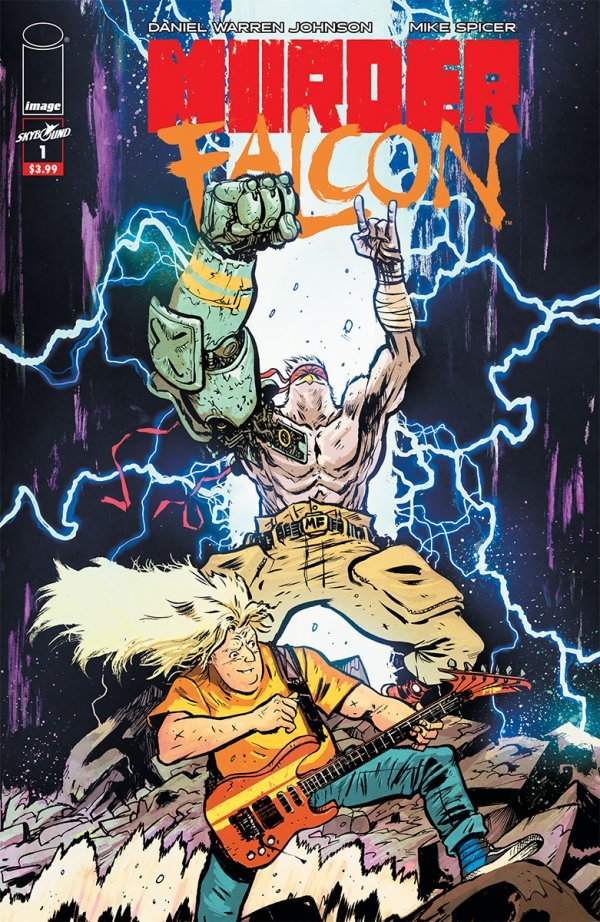
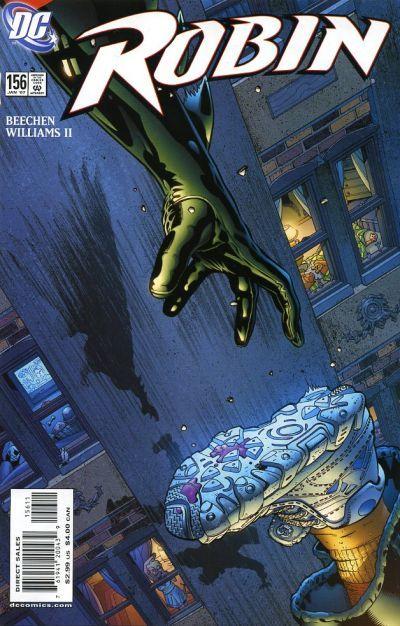
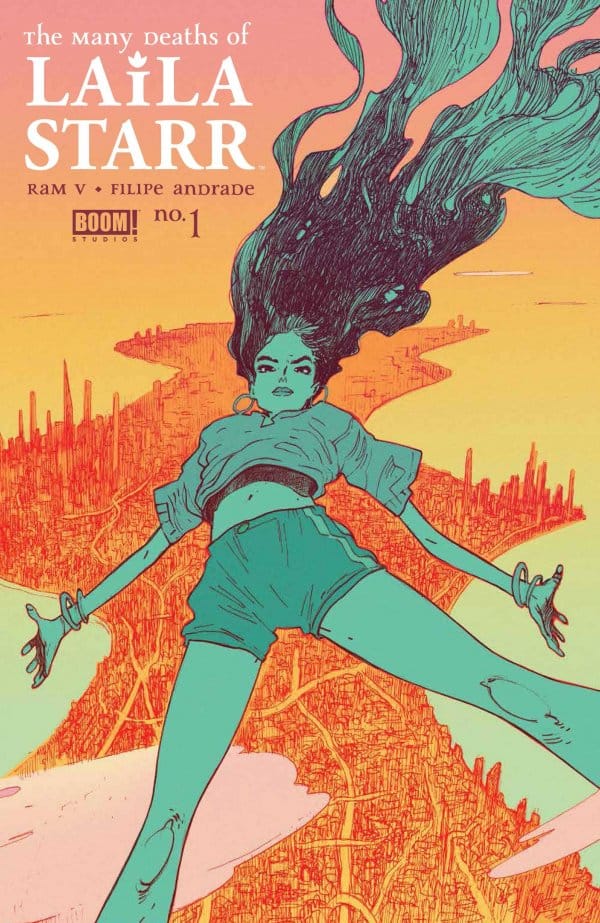
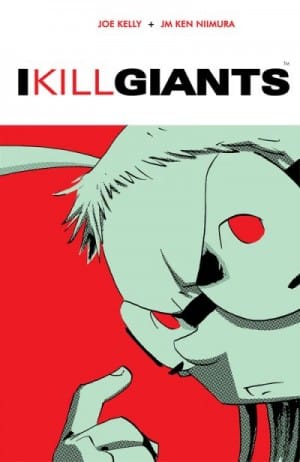
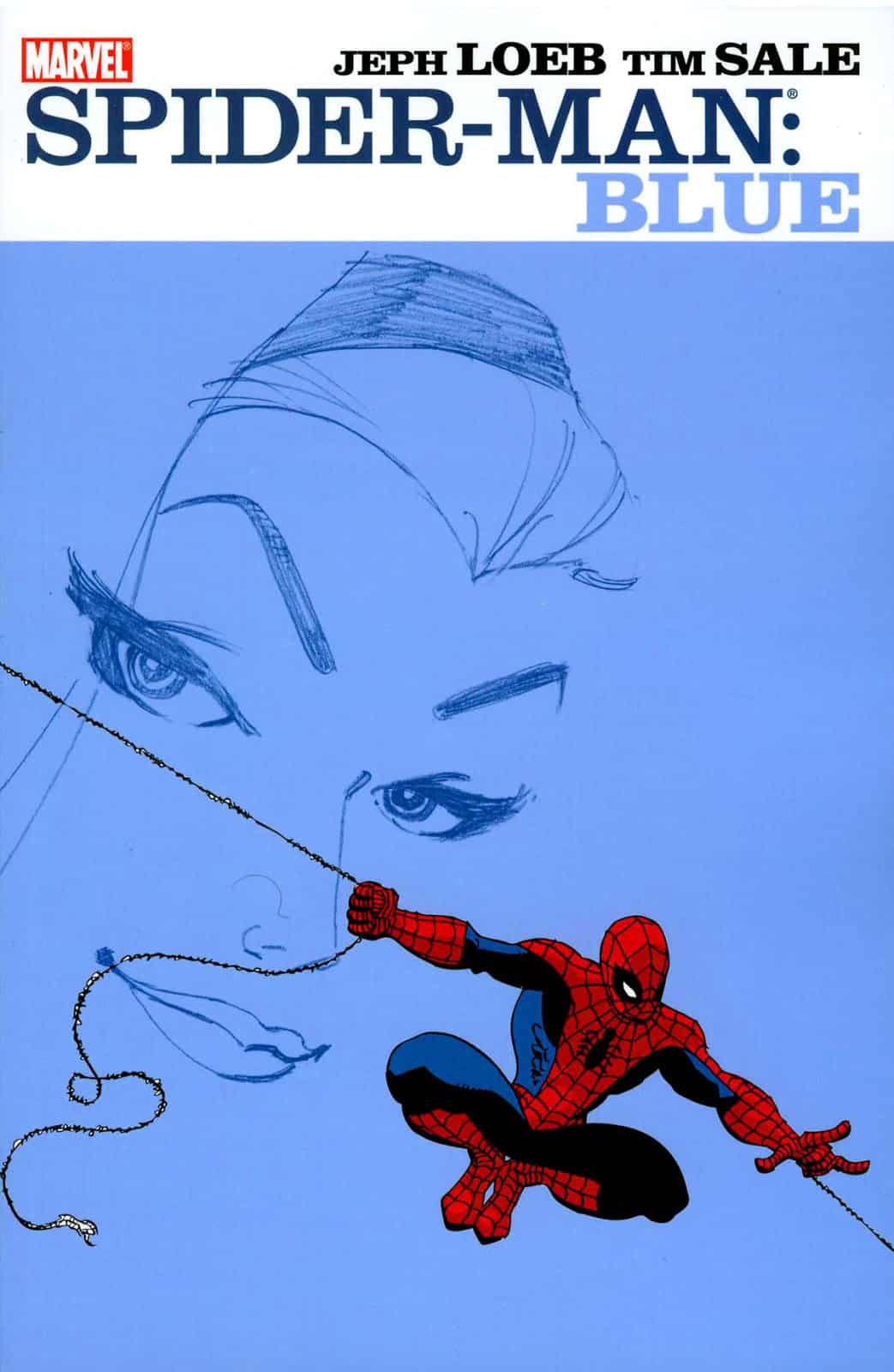

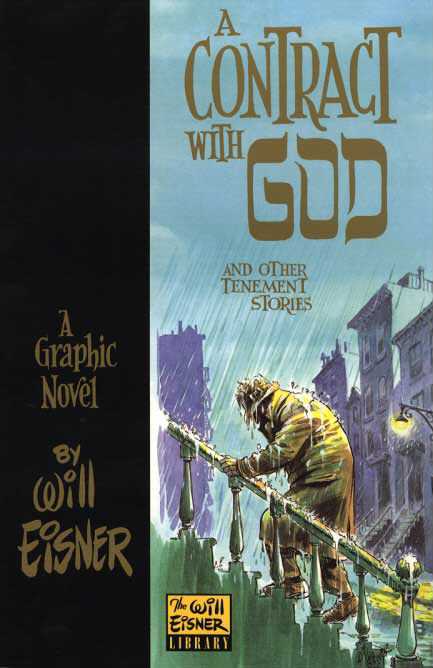







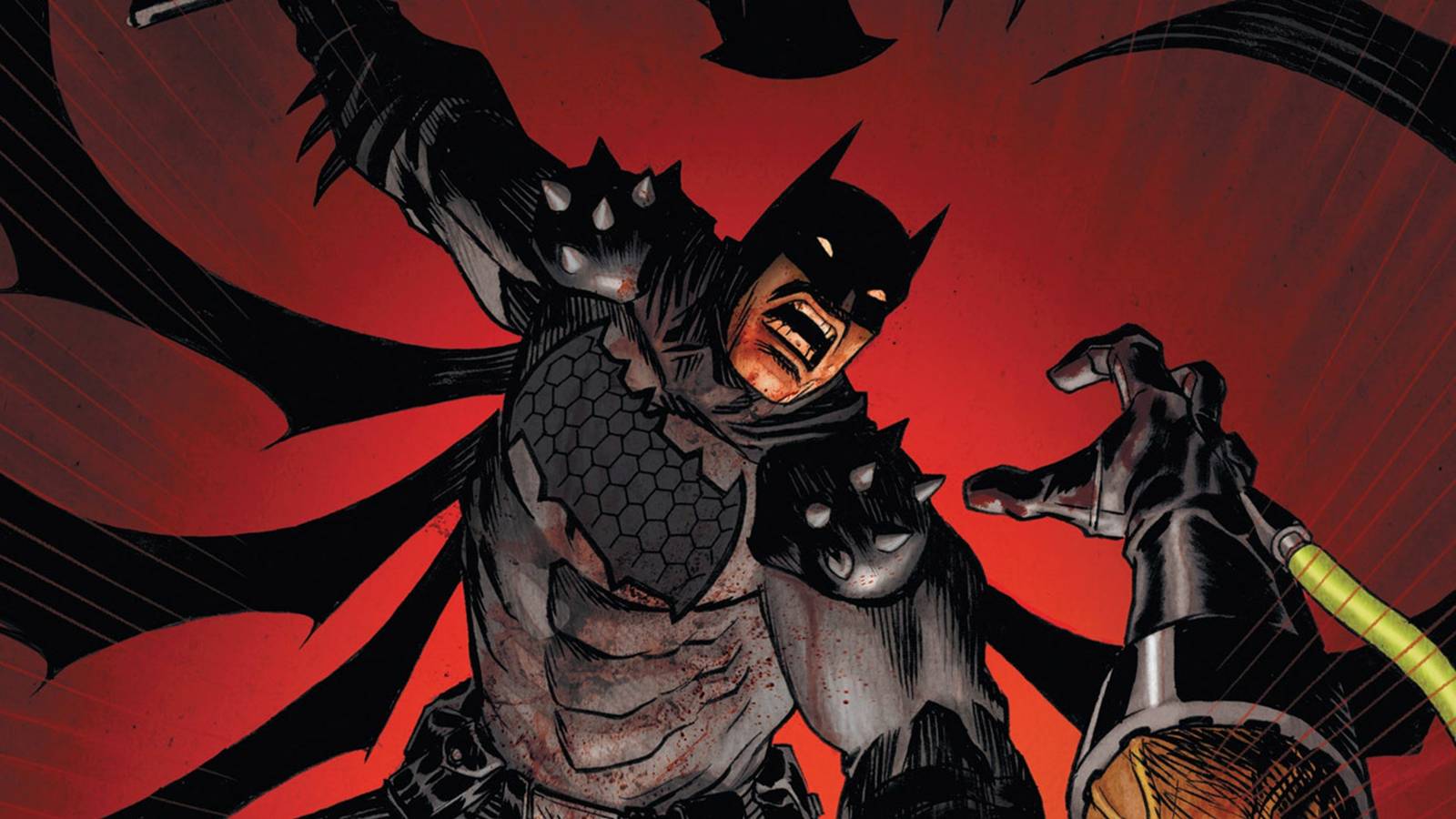





![Ghost of Yōtei First Impressions [Spoiler Free]](https://attackongeek.com/wp-content/uploads/2025/11/Ghost-of-Yotei.jpg)


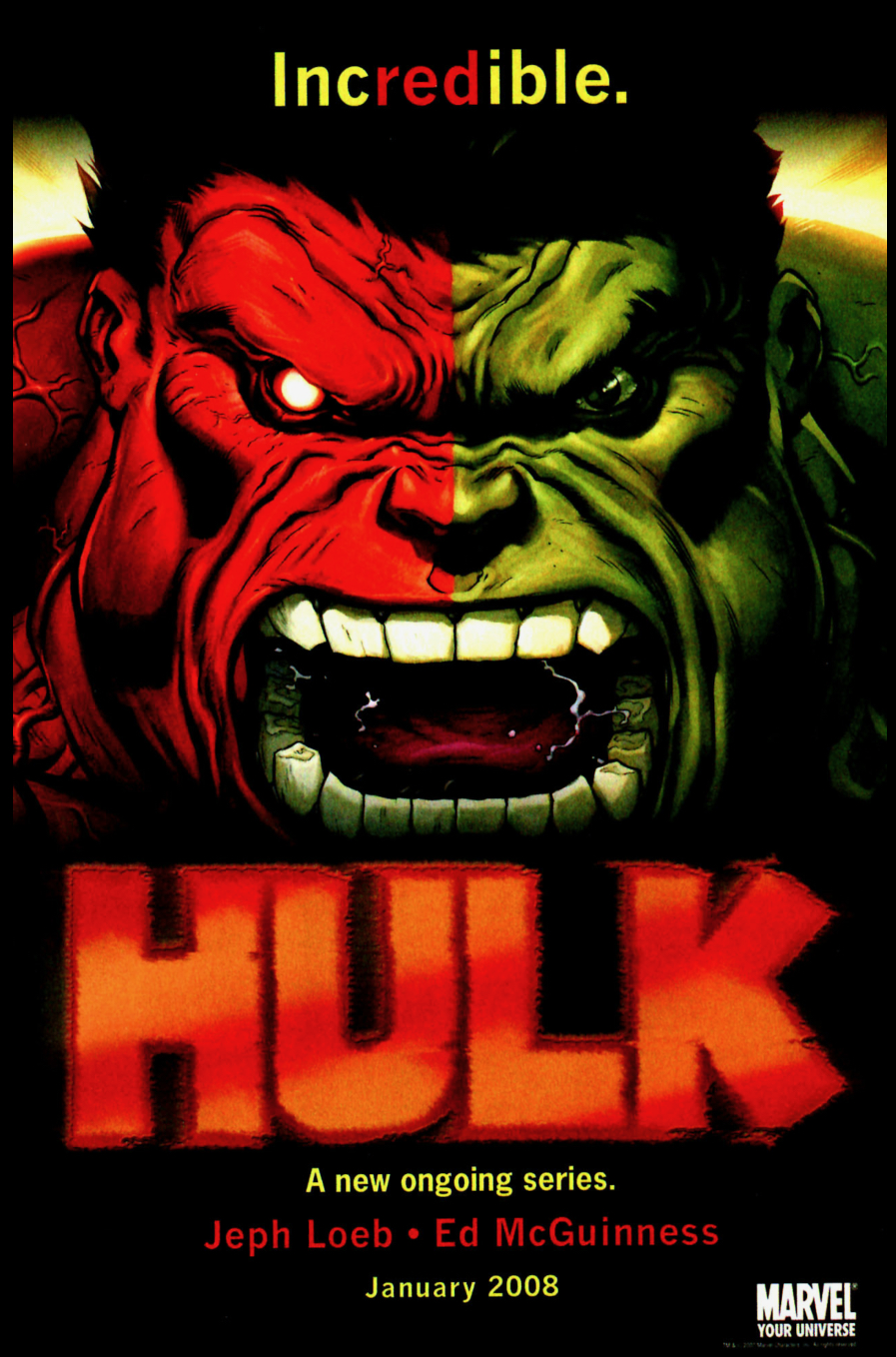
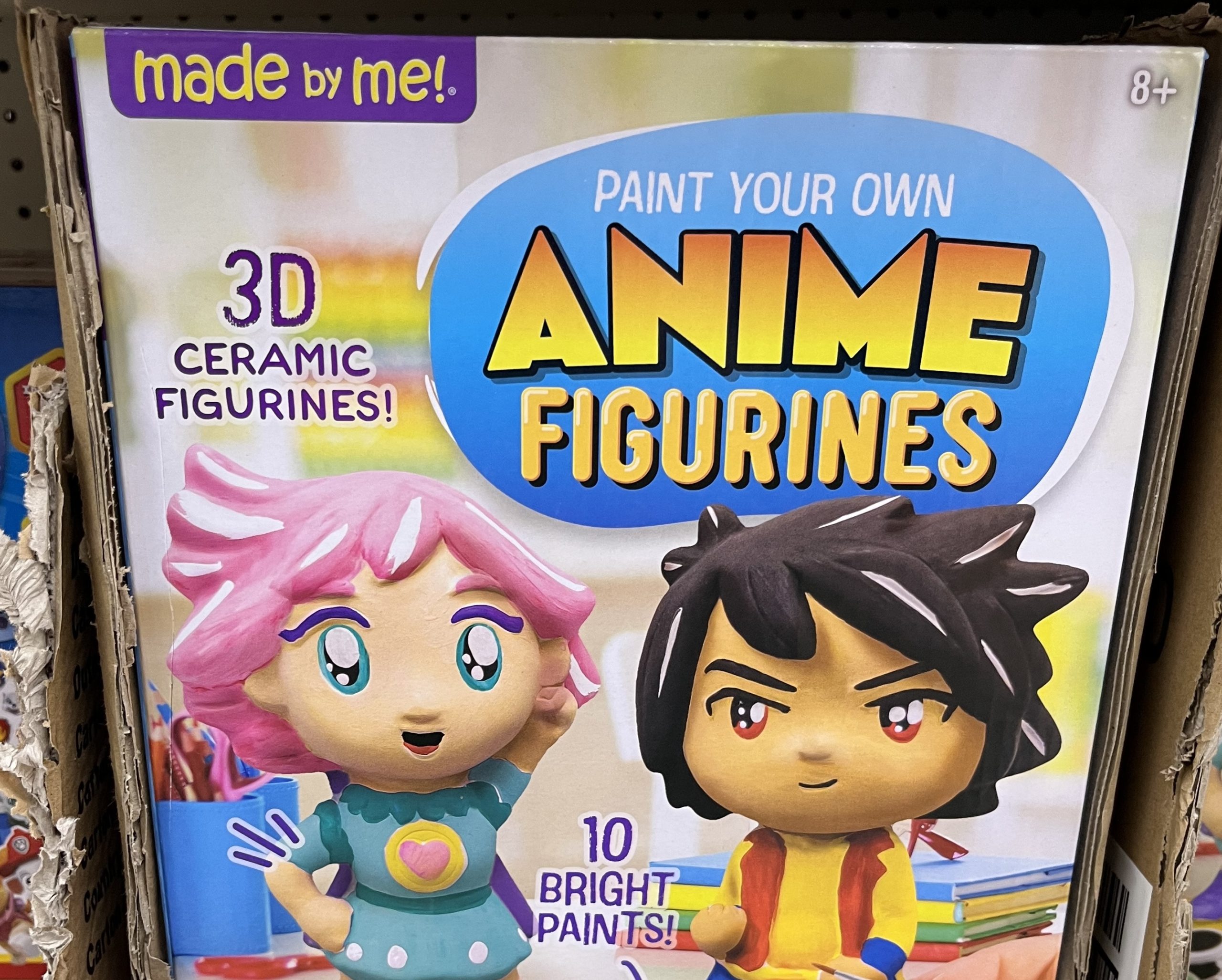
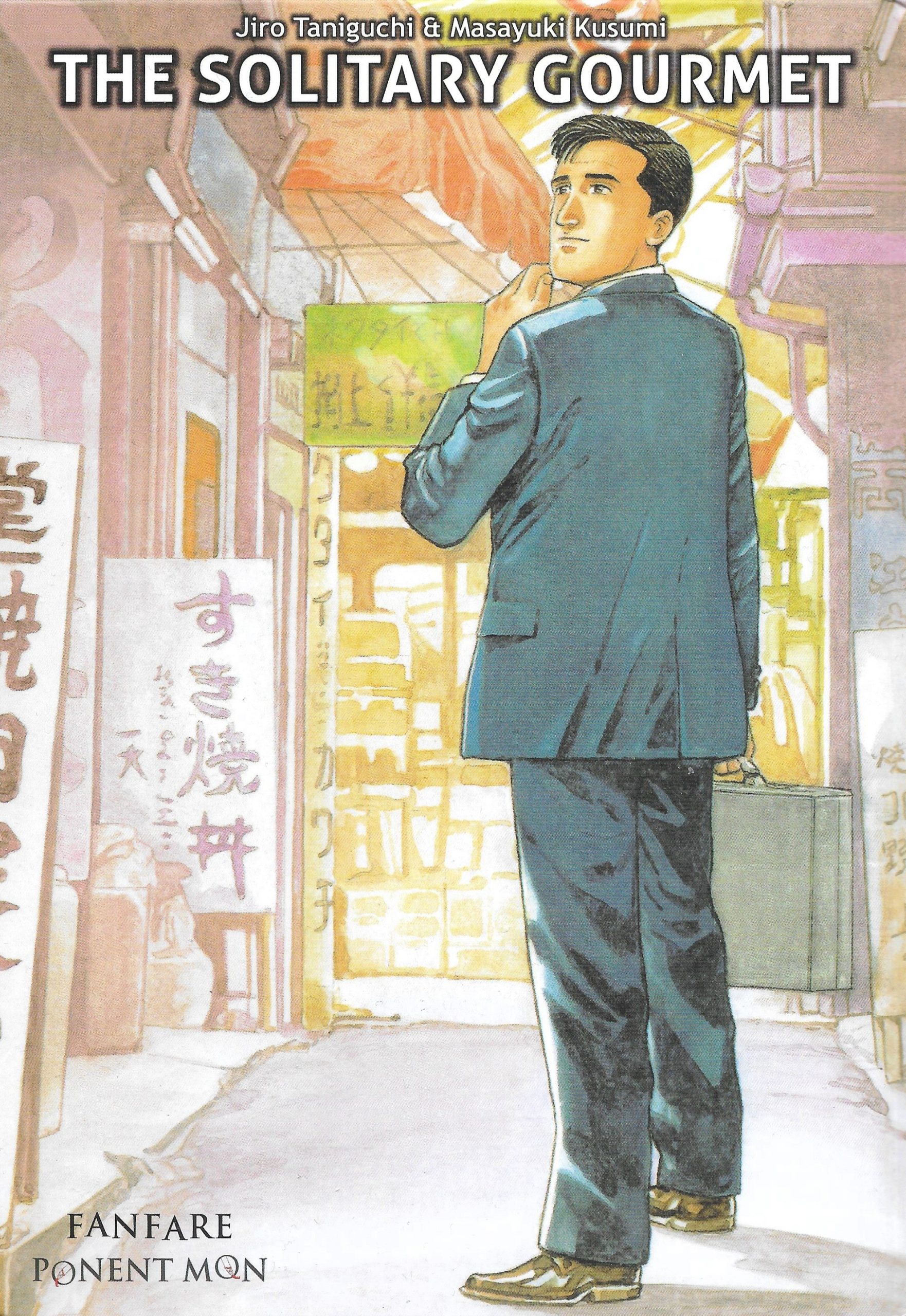
 English (US) ·
English (US) ·